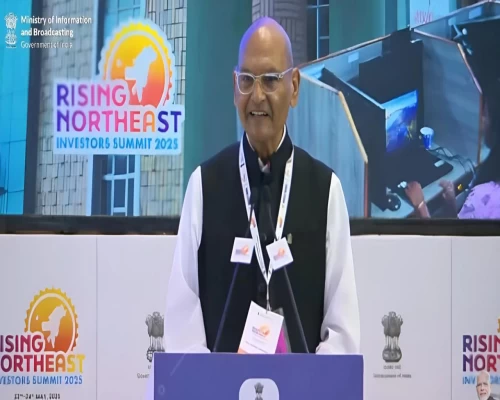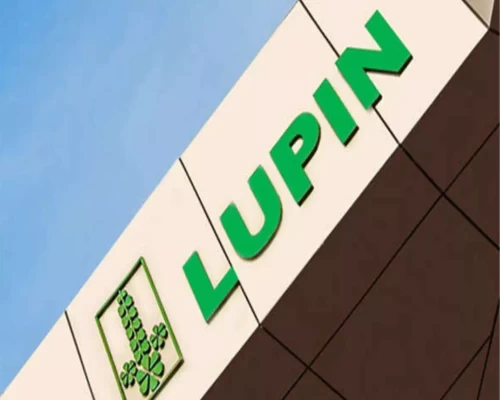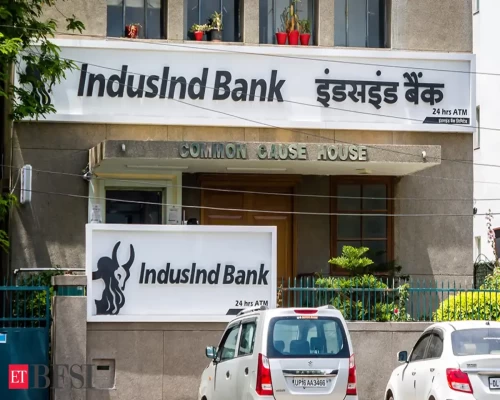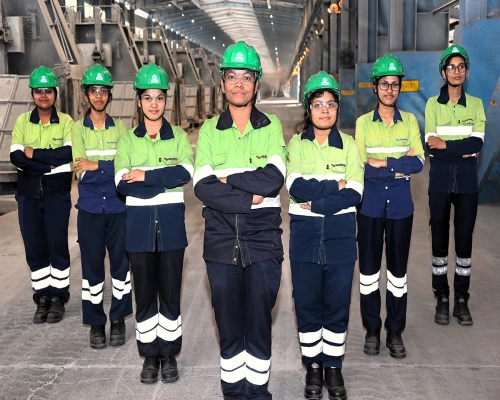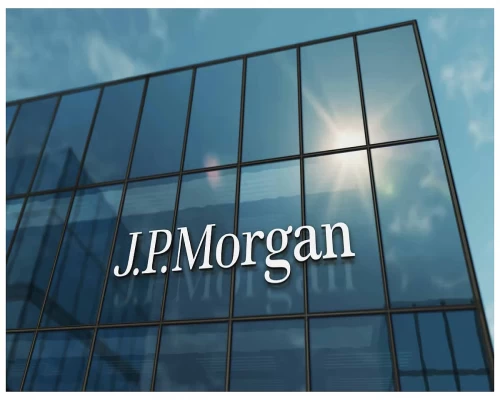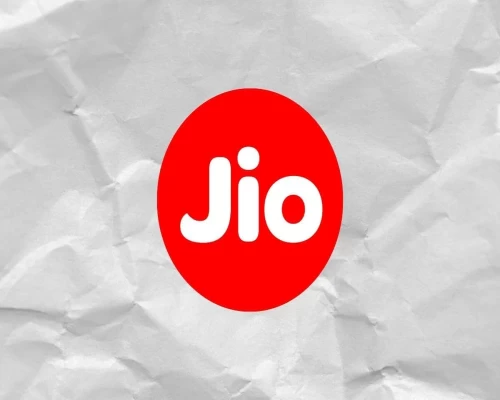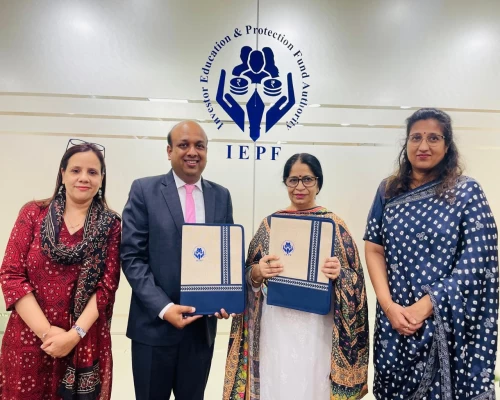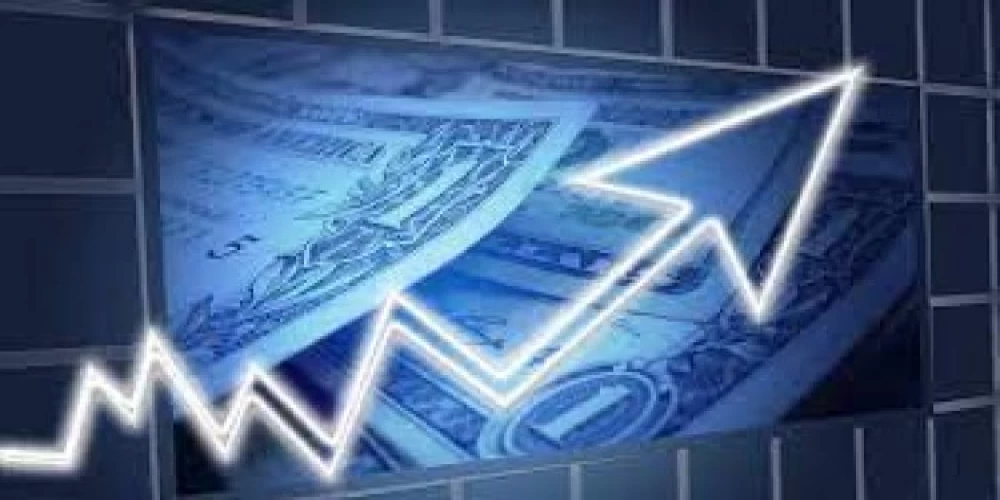
New Delhi: The latest round of FICCI’s Economic Outlook Survey puts forth an annual median GDP growth forecast for 2022-23 at 7.4 per cent with a minimum and maximum growth estimate of 6 per cent and 7.8 per cent respectively. The median growth forecast for agriculture and allied activities has been put at 3.3 per cent for 2022-23. On the other hand, industry and services sector are anticipated to grow by 5.9 per cent and 8.5 per cent respectively during the fiscal year.
It may, however, be noted that downside risks to growth remain escalated. While the threat from the pandemic remains on fore, the continuation of Russia -Ukraine conflict is posing a significant challenge to global recovery. The present round of FICCI’s Economic Outlook Survey was conducted in the month of March 2022 and drew responses from leading economists representing the industry, banking and financial services sector.
The economists were asked to provide forecasts for key macro-economic variables for the year 2022-23 and for the quarters Q4 (January-March) of FY22 and Q1(April-June) of FY23. The current conflict is expected to further aggravate the price rise through imported commodities. The estimate for average wholesale price index-based inflation in Q4 of 2021-22 has been put at 12.6 per cent.
CPI based inflation, on the other hand, is projected at 6 per cent in Q4 2021-22 and 5.5 per cent in Q1 2022-23; and has a median forecast of 5.3 per cent for 2022-23, with a minimum and maximum range of 5.0 percent and 5.7 per cent respectively. CPI based inflation has been treading above the targeted range of the RBI in Jan/Feb 2022 and should see some respite in the forthcoming fiscal year. The unsustainably high international commodity prices are expected to level off going forward.
The economists were also asked to share their views on certain topical subjects. Given the recent escalation in geopolitical stress, participants were asked to share their assessment on global and India’s economic situation amid the current circumstances. In addition, expectations of the economists were sought on the forthcoming monetary policy to be announced on April 8, 2022.
The overall situation remains volatile, and outlook is uncertain with risks amplified to the downside. According to indicative estimates provided by the participants, global growth could slow down by 50-75 basis points – further moderating the prospects of post-Covid recovery.
The demand situation is yet to move back to pre-pandemic levels and any further spread of the conflict could worsen the global economic situation. Trade is already being disrupted by a relapse in supply side leakages and stress on already high global commodity prices has also aggravated.
Rising international commodity prices are the biggest risk emanating from the ongoing conflict as Russia and Ukraine are global suppliers of key commodities. Prolonging of this conflict will further hit supplies of major raw materials, including crude oil, natural gas, food, fertilizers, and metals.
Nonetheless, participants opined that global inflation is likely to peak out in the first half of 2022 and moderate thereafter. The easing in price levels in the second part of the year will be backed by a slowing Chinese economy and overall moderation in global growth momentum, waning pent up demand, and monetary policy normalisation/rate hikes by the United States Federal Reserve.
As for India, the country is not likely to remain unscathed. Given that India remains a net importer to meet its energy requirements, the sharp rise in crude prices represents a significant shock to India’s macro-economic framework. Moreover, the impact on the economy is expected to be more serious if the conflict prolongs.
The Russia-Ukraine crisis has amplified the cost pressures being faced by producers. This will further postpone private investment as average capacity utilization remains below the level that could trigger new investments. Limited ability to pass on rising cost of inputs is eroding profitability of businesses. The cost escalation may hit the cash flow going ahead and is weighing heavy on their capex plans.
Moreover, exports that were providing a cushion to the loss of domestic output are likely to be subdued as the developed countries are also witnessing a slowdown and have been moving towards withdrawal of fiscal stimulus. Private demand and investment should be the focus in 2022-23 to steer growth. Nonetheless, despite the challenges, the Indian economy remains well placed over the medium term. /BI/




